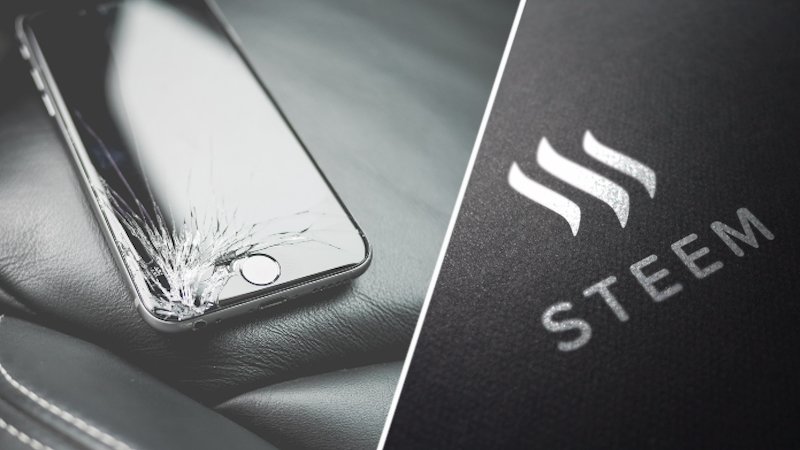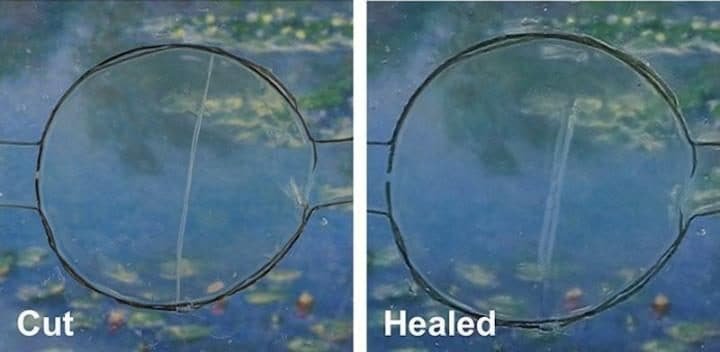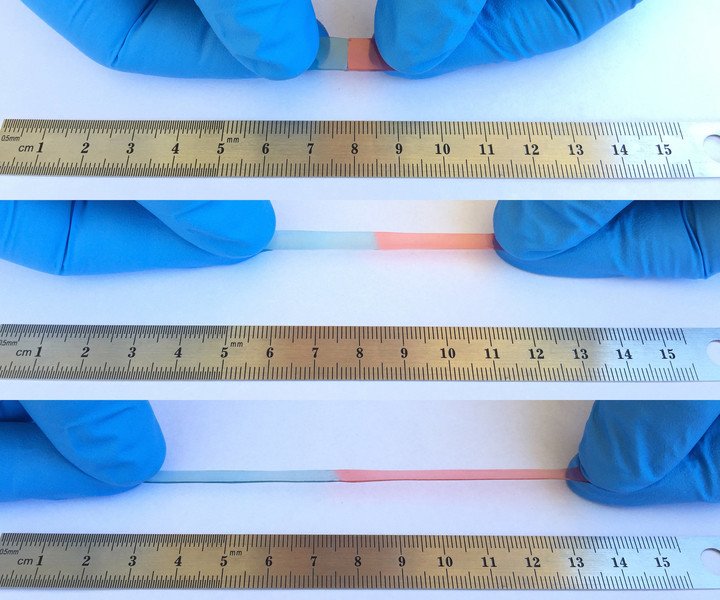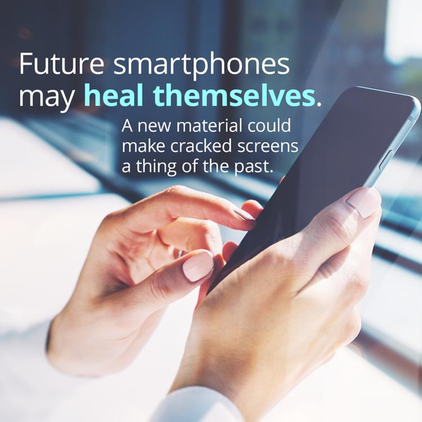
We depend on our smartphones so much nowadays: it's in our hands all the time, wherever we go, it's always with us.
And then, it happens - we're not paying attention for one moment, drop our smartphone, and the screen is cracked.
50% of the whole word population have experienced a cracked phone screen - and 23% of users would continue usage even after they've cut their finger on a broken screen!
Fixing the smartphone screens is expensive - over $6 Billion have been spent on iPhone screen repairs ever since the first iPhones launched.
So now imagine if your cracked phone screen could simply heal itself ?!
It may sound too good to be true, but Scientists from the University of California in Riverside have now created a material that chemically repairs itself.
Just like human skin, a crack in this stretchy material can grow back together, and the screen will be fixed within 24 hours.
This is the first time that scientists have managed to create a self-healing material that also conducts electricity!
The technology was actually inspired by a superhero who can heal his own wounds:
“When I was young, my idol was Wolverine from the X-Men. He could save the world, but only because he could heal himself. A self-healing material, when carved into two parts, can go back together like nothing has happened, just like our human skin. I’ve been researching making a self-healing lithium ion battery, so when you drop your cell phone, it could fix itself and last much longer.”-Chao Wang, Ph.D.

How does it work?
The secret behind the self-healing process is chemical bonding.
There are 2 different types of bonds: covalent ones which are very strong but don't reform once they're broken, and noncovalent ones, which are not as strong but instead more dynamic and can re-form over and over again.
The specific noncovalent bond used for the self-healing screens is called ion-dipole interaction.
It's a force between polar molecules and charged ions - so when the material tears or scratches, the ions and molecules are attracted to each other and get back together: the material heals itself.
It can actually stretch to 50 times of its original size, and can put itself together within 24h after being completely torn apart.
“Ion-dipole interactions have never been used for designing a self-healing polymer, but it turns out that they’re particularly suitable for ionic conductors. The key design idea in the development of the material was to use a polar, stretchable polymer, poly(vinylidene fluoride-co-hexafluoropropylene), plus a mobile, ionic salt. The polymer chains are linked to each other by ion-dipole interactions between the polar groups in the polymer and the ionic salt."-Chao Wang, Ph.D.

In the future, the technology could also be used on batteries, making phones last longer in the first place.
Now the next step is to improve the material under difficult conditions like high humidity.
According to Mr. Wang, self-healing screens could become commercial as early as 2020.
"Self-healing materials may seem far away for real application, but I believe they will come out very soon with cellphones. Within three years, more self-healing products will go to market and change our everyday life. It will make our cellphones achieve much better performance than what they can achieve right now."-Chao Wang, Ph.D.

Images: 1, 2, 3, 4, Sources: 1, 2, 3, 4, 5, 6, 7
- Instagram -

© Sirwinchester

